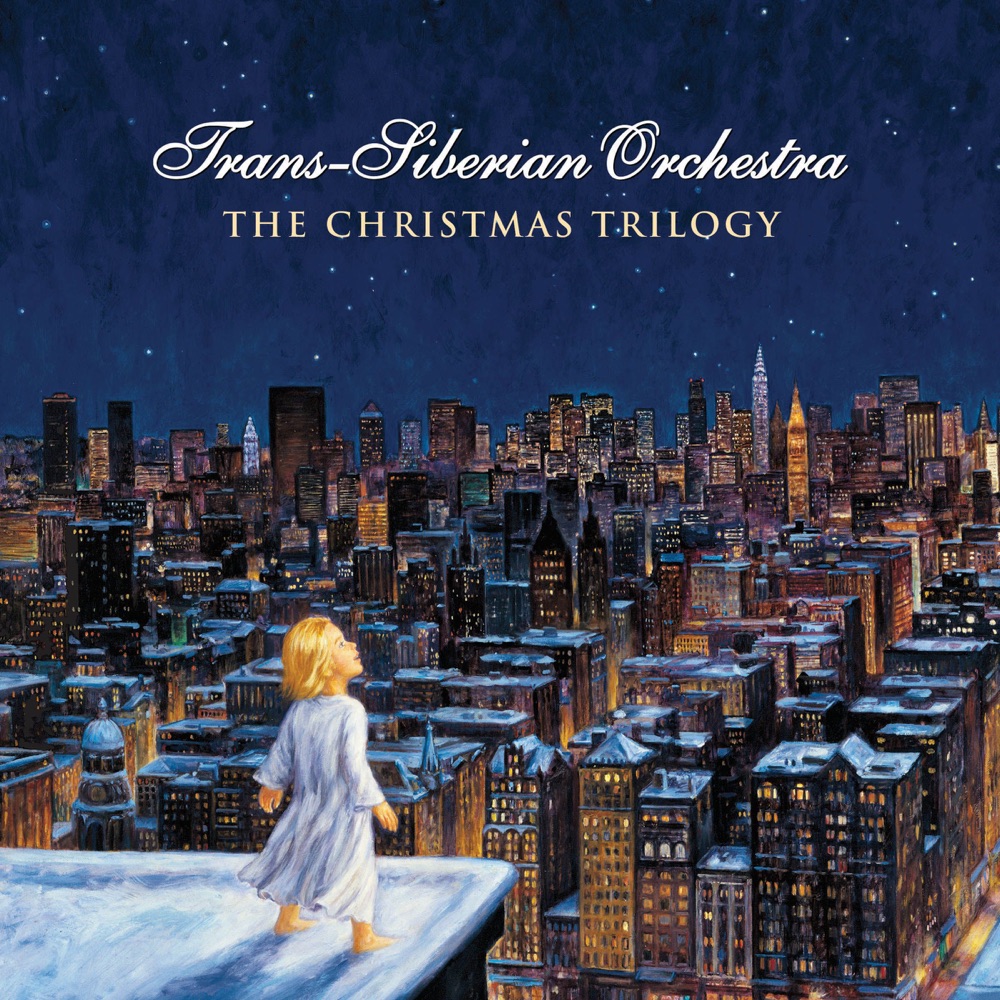Canon for Christmas: A Timeless Melody for the Holiday Season
Related Articles: Canon for Christmas: A Timeless Melody for the Holiday Season
- Unveiling The Enchanting World Of Brandy: A Christmas Party For Two In 2024
- The Alto Saxophone’s Christmas Carol Collection: A Comprehensive Guide For 2024
- Best Homemade Christmas Cookies Ever: A Culinary Odyssey For 2024
- Christmas Music Deals 2024: The Ultimate Guide To Festive Savings
- The Enduring Allure Of Brass Christmas Bells: A Timeless Holiday Tradition
Introduction
In this auspicious occasion, we are delighted to delve into the intriguing topic related to Canon for Christmas: A Timeless Melody for the Holiday Season. Let’s weave interesting information and offer fresh perspectives to the readers.
Table of Content
Video about Canon for Christmas: A Timeless Melody for the Holiday Season
Canon for Christmas: A Timeless Melody for the Holiday Season

As the festive season approaches, the airwaves fill with beloved Christmas carols that evoke a sense of joy, nostalgia, and anticipation. Among these cherished tunes, "Canon for Christmas" stands out as a timeless masterpiece that has captured the hearts of music lovers for generations.
Origins and Composition
"Canon for Christmas" is a hauntingly beautiful composition by the renowned German Baroque composer Johann Pachelbel. It was originally written in 1680 as a canon for three violins and a continuo (a bass instrument and a chordal instrument). The piece is characterized by its intricate yet accessible melody, which is passed between the violins in a seamless and harmonious manner.
Musical Structure and Significance
The canon is in the key of D major and has a time signature of 4/4. Its main theme is a simple yet elegant ascending and descending melodic line. The violins enter one after another, each playing the same melody but at different intervals. This creates a rich and layered texture that is both captivating and uplifting.
The term "canon" refers to a musical composition in which two or more voices sing or play the same melody at different intervals. In "Canon for Christmas," the three violins play the melody at intervals of one, two, and three beats, respectively. This creates a sense of movement and counterpoint that adds to the piece’s overall beauty.
Popularity and Arrangements
Over the centuries, "Canon for Christmas" has become one of the most popular and recognizable Christmas carols. It has been arranged for a wide variety of instruments and ensembles, including orchestras, choirs, and soloists. The piece has also been featured in numerous films, television shows, and commercials.
One of the most famous arrangements of "Canon for Christmas" is for string quartet. This arrangement, which dates back to the 19th century, has become a staple of Christmas concerts and holiday gatherings. The string quartet version captures the essence of the original composition while adding a touch of warmth and intimacy.
Themes and Interpretations
Beyond its musical beauty, "Canon for Christmas" has also been interpreted as having deeper symbolic meanings. The three violins representing the Holy Trinity, while the intricate interplay of the melody suggests the harmonious unity of the divine and the human.
The piece’s gentle and uplifting melody has also been seen as a metaphor for the hope and joy that the Christmas season brings. It is a reminder that even in the darkest of times, there is always light and beauty to be found.
Cultural Impact and Legacy
"Canon for Christmas" has had a profound impact on Western culture. It has become an integral part of the holiday season, evoking feelings of nostalgia, joy, and spirituality. The piece has also inspired countless musicians and composers, who have created their own variations and interpretations of this timeless melody.
In 2024, "Canon for Christmas" will celebrate its 344th anniversary. As the years go by, this beloved carol continues to enchant and inspire audiences around the world. It is a testament to the power of music to uplift the spirit and bring people together during the most wonderful time of the year.
Performance Tips for Violinists
For violinists who wish to perform "Canon for Christmas," here are a few tips:
- Practice the melody thoroughly: The melody is the foundation of the piece, so it is essential to practice it until you can play it accurately and expressively.
- Pay attention to intonation: The intervals in the canon are precise, so it is important to make sure that you are playing the notes in tune.
- Listen to the other parts: The canon is a collaborative effort, so it is important to listen to the other violins and adjust your playing accordingly.
- Maintain a steady tempo: The tempo of the canon should be steady and consistent. This will help to create a sense of unity and cohesion.
- Add your own interpretation: While it is important to respect the original composition, you can also add your own personal interpretation to the piece. This could involve varying the dynamics, adding ornamentation, or playing with different bowings.
Conclusion
"Canon for Christmas" is a timeless masterpiece that has captured the hearts of music lovers for centuries. Its haunting melody, intricate structure, and profound symbolism make it a cherished part of the holiday season. As we gather with loved ones to celebrate the birth of Christ, let us remember the beauty and joy that this beloved carol brings to our lives.








Closure
Thus, we hope this article has provided valuable insights into Canon for Christmas: A Timeless Melody for the Holiday Season. We hope you find this article informative and beneficial. See you in our next article!